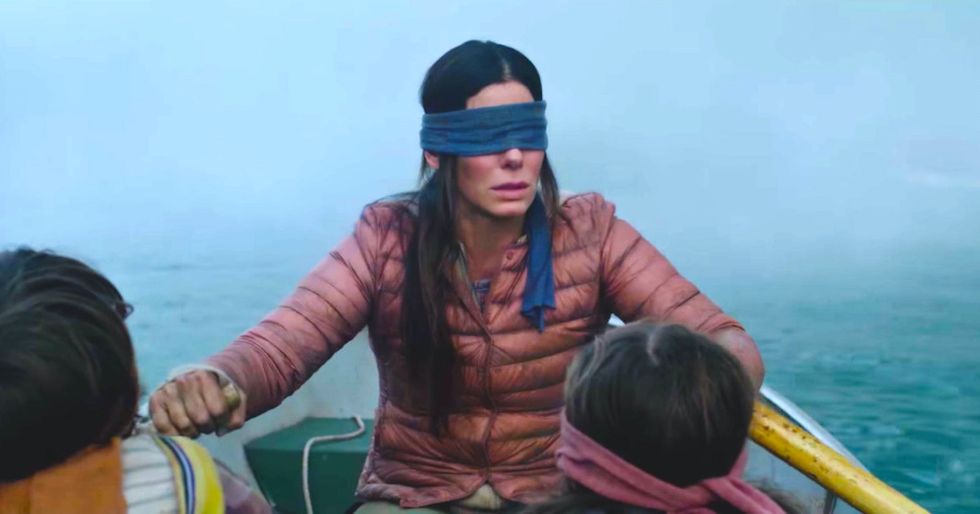The latest craze this holiday week has been Netflix's new movie "Birdbox" starring Sandra Bullock, Sarah Paulson, and Machine Gun Kelly.
We've seen twitter loaded with memes from this movie, and some articles with theories or discussion behind the movie. I decided to watch the movie myself and saw first-hand how this movie can represent society's struggle with mental health in present day.
There were some major takeaways from this movie and even remaining questions we have about the movie.
The Monster and Mental Health
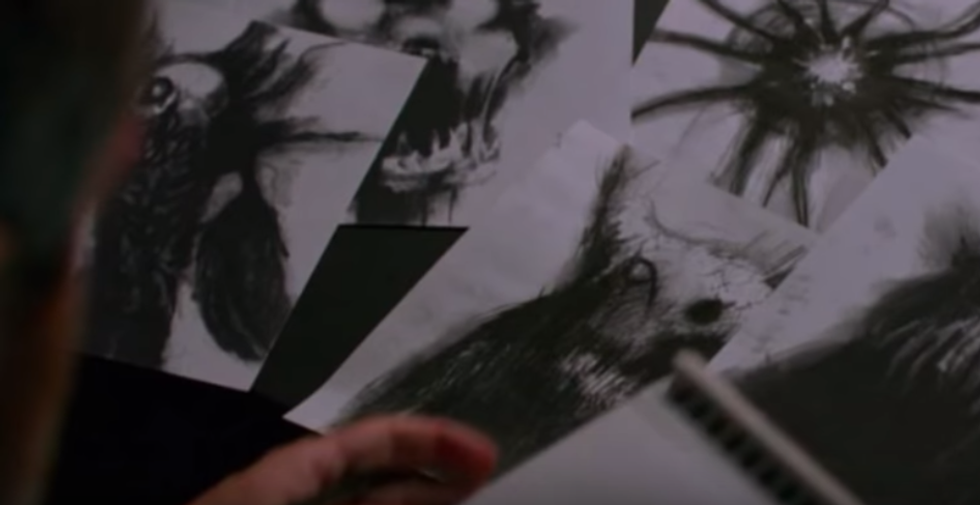
The most basic concept from this movie is that the monster in the movie represents mental health issues such as depression, anxiety, etc. Once an individual sees a monster they are overcome by some force and commit suicide. Now, this does seem extreme as to not everyone who has depression, anxiety, etc. becomes suicidal, but the movie exhibits how the risk of suicide dramatically increases when one has mental health issues.
When the character Gary draws pictures of what the monsters look like, you'll notice that each drawing looks different. With mental health issues, everyone has their own demons they face. Some are uglier, and more detrimental to an individual's health than others. For example, even Gary was highly functioning and seemed normal until he felt the effects of seeing the monsters again.
The Blindfolds
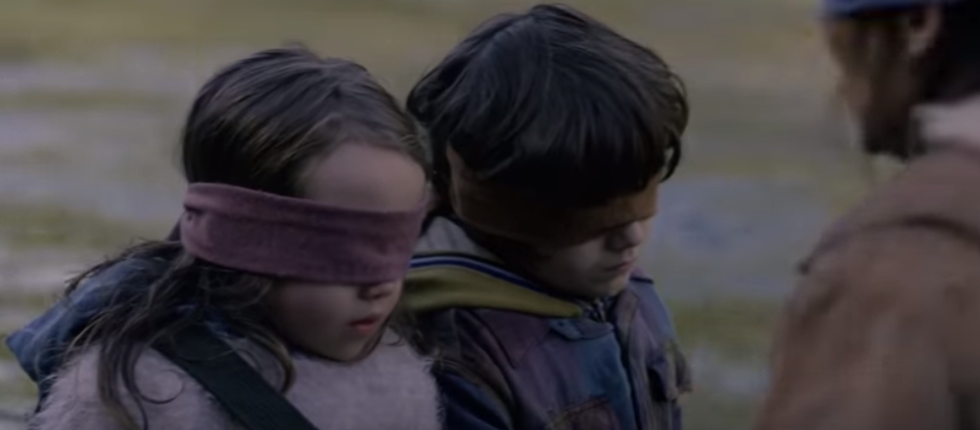
In the movie we see that shielding one's eyes from the monsters prevents falling into their trap. In society we see, and hear, about suicide and mental health but at the end of the day we try to suppress or ignore it. Over the years we've normalized mental health issues such as anxiety and depression that it's seems almost uncommon if you don't have it to some extent. In the movie nearly everyone sees the monster (depression/anxiety) while a few remain. At the same time, because such mental health issues have become normalized, ones that may legitimately struggle with such, may refuse to get the help they need because they are afraid they will be improperly diagnosed.
The Mentally Ill
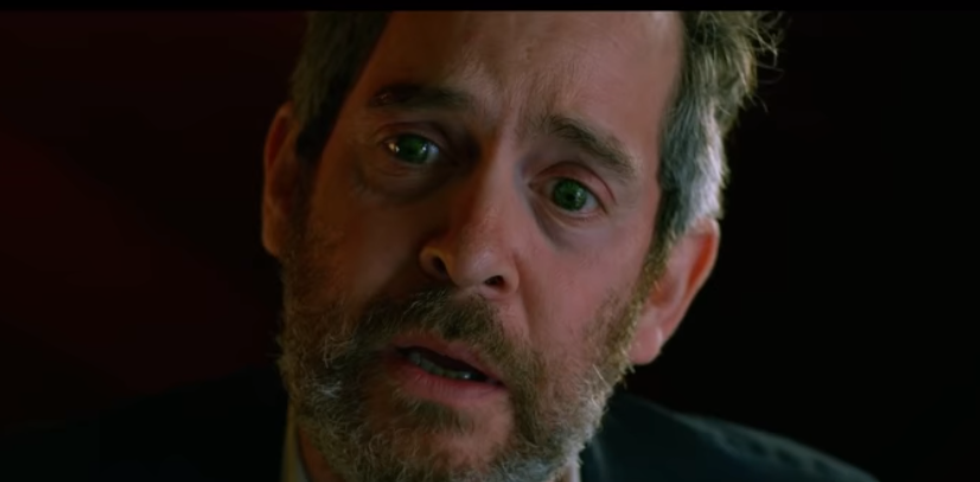
The mentally ill in the movie seemed to be almost immune from the monster's power. Instead, the mentally ill were able to see the monster and were infatuated with it. The people almost seemed "normal" in the movie. They didn't kill themselves in gory ways, but rather they helped the monster to carry out its plan of destroying humanity. Yes, there are mentally ill individuals that are suicidal, but most of the time we hear about them seeing demons and wanting to harm others. They don't always try to harm themselves.
The Birds
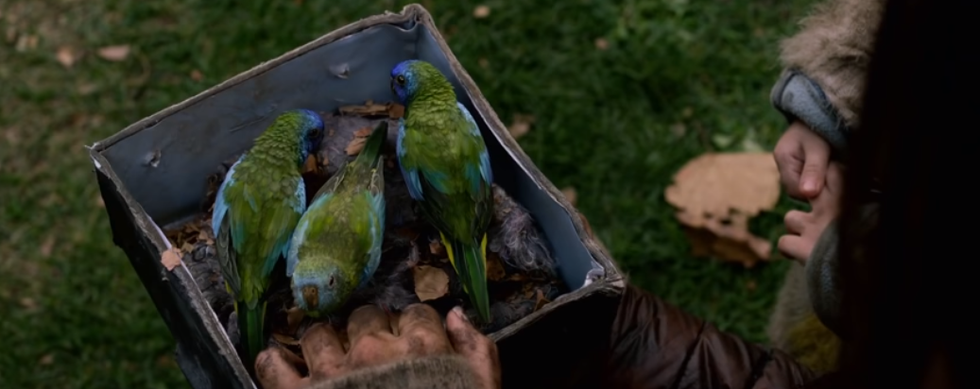
I think the birds represent the gaps we have in life about animals and mental health. No one particularly knows why the birds were able to survive the monster, but they knew the birds made a commotion when the monster was around. But if we think about it, have we ever seen an animal with a mental illness? Or have we even wondered why our pets act the way they do? To us they don't know what mental illness is, however, they can sense when danger is around. They can tell when we are about to be harmed or when something bad is coming. The birds in the movie did exactly that. They didn't know what mental illness was, but they could sense when something bad was about to happen.
Many Questions Remain Unanswered
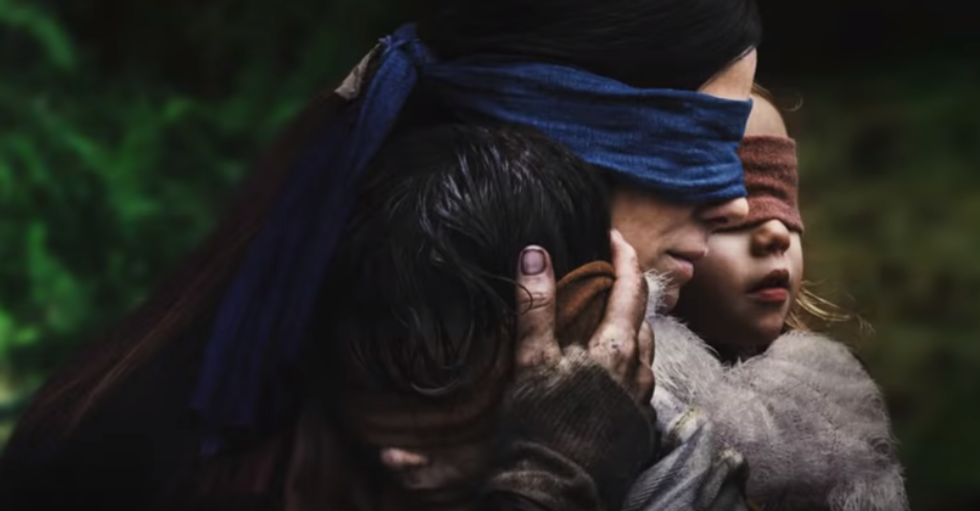
At the end of the movie there are still many questions left unanswered whether they related to mental health or not. For example, why could the mentally ill see the monsters and yet never became suicidal? How did a thin piece of fabric, paper, or even closing one's eyes, shield people from the monster, yet a camera did not? If this movie portrayed mental health, indeed, why were none of the blind affected? I'm sure there are at least some blind individuals in the world that are suicidal or struggle with mental illness. How did Malorie's OBGYN make it to the school for the blind?
I believe this movie could represent many different topics and theories, such as mental health. The symbolism is not as strong as it could be, but nonetheless, I think it was a unique movie. The way the movie ends leaves the table open for debate and conversation about what this movie represents.

